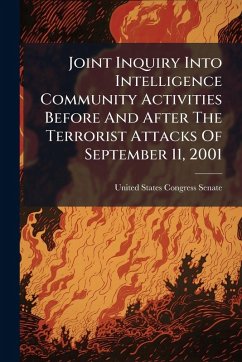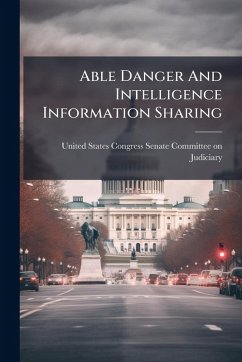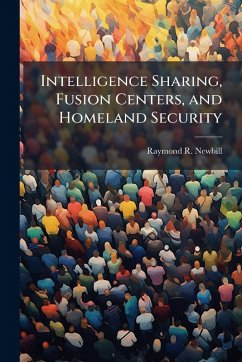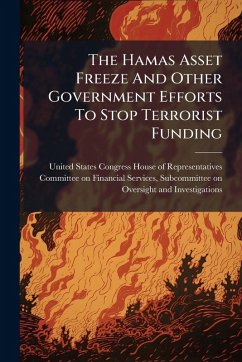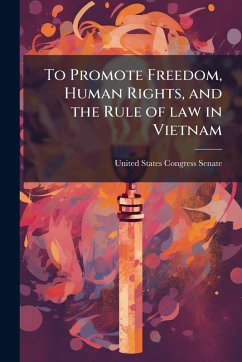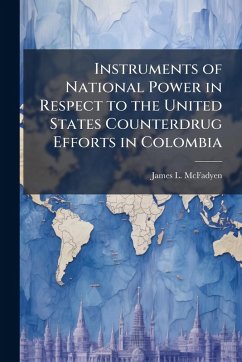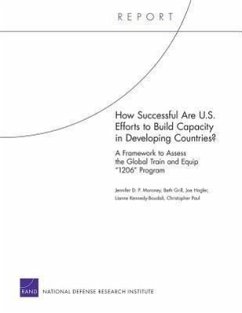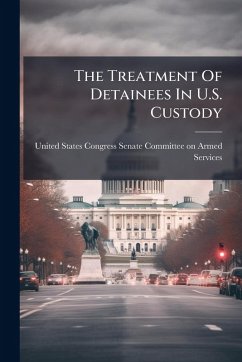
Why Efforts to Centralize the US Intelligence Community Fail
Versandkostenfrei!
Versandfertig in über 4 Wochen
15,99 €
inkl. MwSt.
Weitere Ausgaben:

PAYBACK Punkte
8 °P sammeln!
Prior to World War II, the formal collection and exploitation of foreign intelligence in the United States fell almost exclusively in the domain of the military. The attack on Pearl Harbor and other events during that war created a growing consensus that the nation required a central authority to manage national intelligence pertinent to multiple departments of the government. In response, the national security act of 1947 created the central intelligence agency and the position of director of central intelligence. Over the next half-century, numerous commissions and panels found neither the a...
Prior to World War II, the formal collection and exploitation of foreign intelligence in the United States fell almost exclusively in the domain of the military. The attack on Pearl Harbor and other events during that war created a growing consensus that the nation required a central authority to manage national intelligence pertinent to multiple departments of the government. In response, the national security act of 1947 created the central intelligence agency and the position of director of central intelligence. Over the next half-century, numerous commissions and panels found neither the agency nor the director ever wielded effective control over the diverse and growing intelligence community. In response to such findings, presidents issued National Security Council directives and executive orders and congress signed multiple bills to reinforce the CIA and DCI's authority over the intelligence community, but the problems of decentralization persist. The terrorist attack of 9/11 provided sufficient impetus to make the first significant structural changes to the failed us intelligence community since 1947. To evaluate the prospects of the national intelligence reform act of 2004 to establish effective central control over the community it is helpful to identify the factors that frustrated previous reform efforts. This work has been selected by scholars as being culturally important, and is part of the knowledge base of civilization as we know it. This work was reproduced from the original artifact, and remains as true to the original work as possible. Therefore, you will see the original copyright references, library stamps (as most of these works have been housed in our most important libraries around the world), and other notations in the work. This work is in the public domain in the United States of America, and possibly other nations. Within the United States, you may freely copy and distribute this work, as no entity (individual or corporate) has a copyright on the body of the work. As a reproduction of a historical artifact, this work may contain missing or blurred pages, poor pictures, errant marks, etc. Scholars believe, and we concur, that this work is important enough to be preserved, reproduced, and made generally available to the public. We appreciate your support of the preservation process, and thank you for being an important part of keeping this knowledge alive and relevant.



